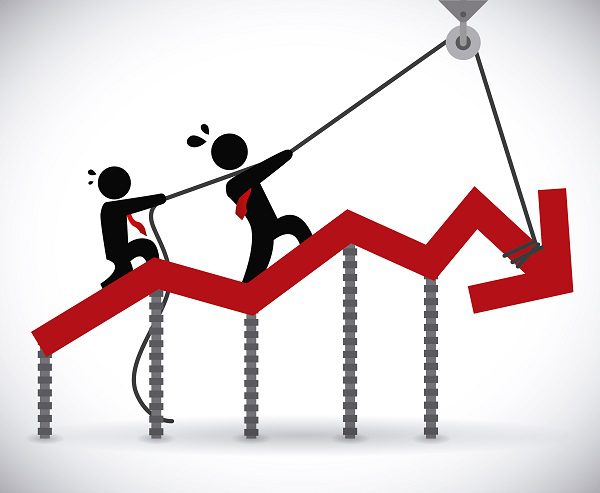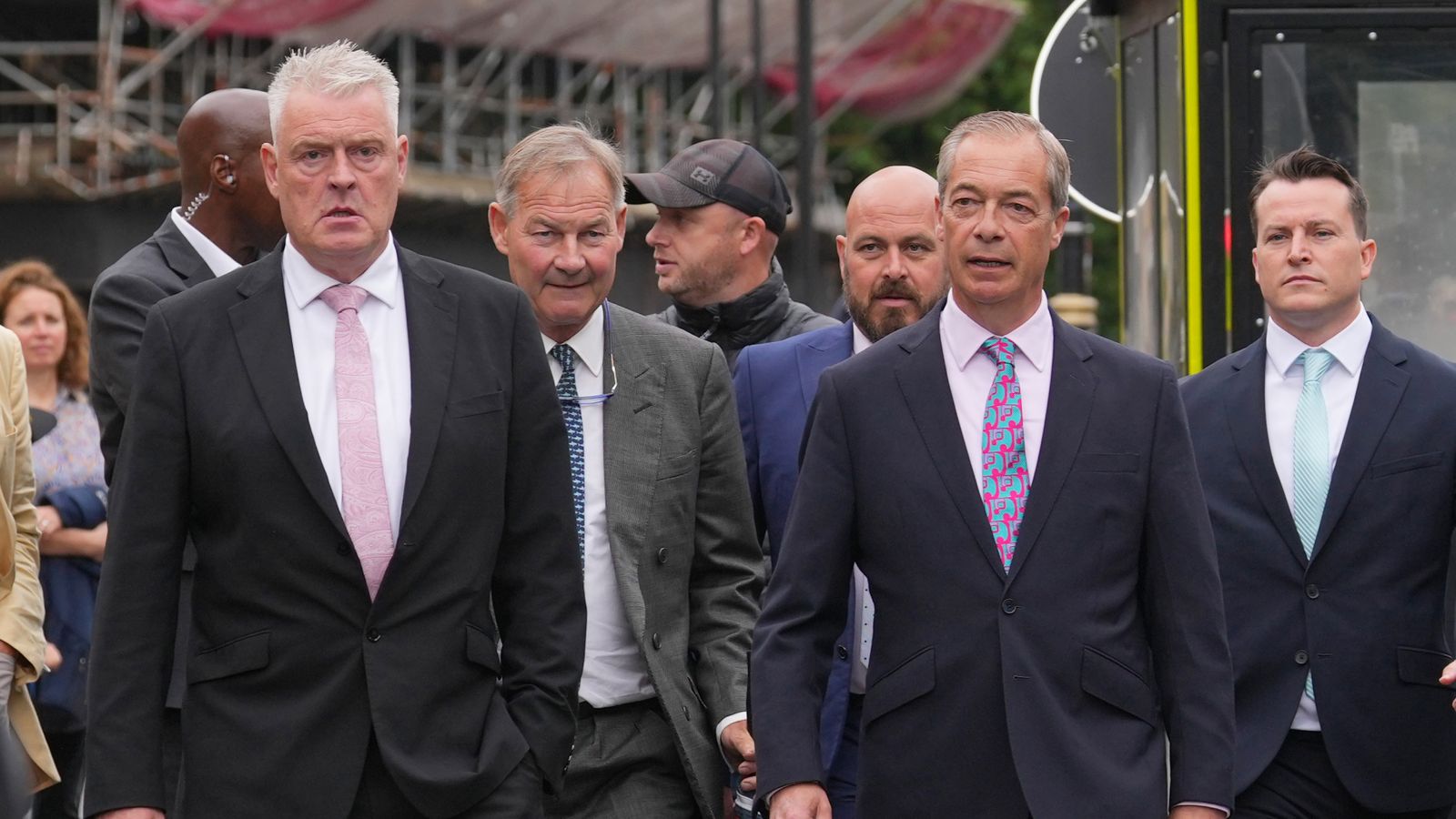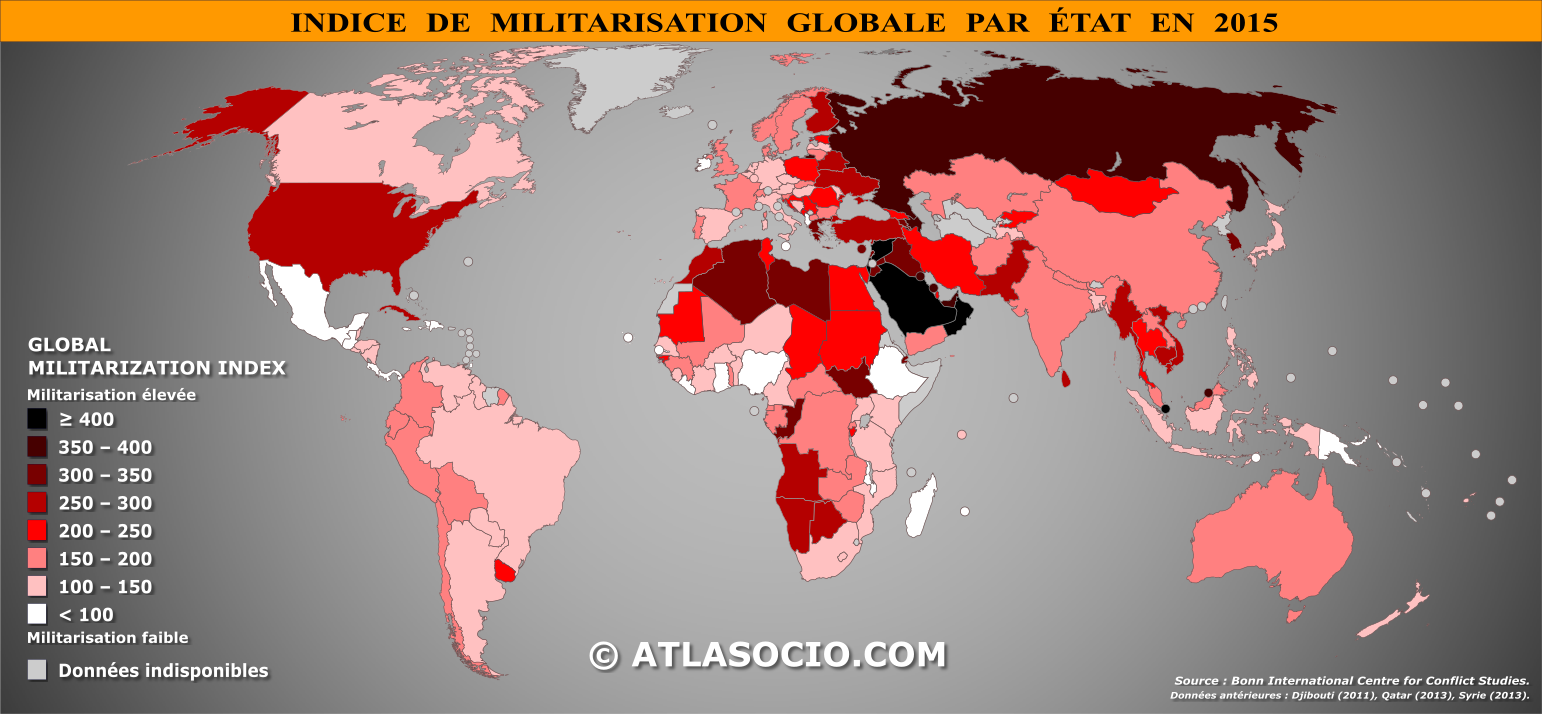US Economic Slowdown: Biden's Role And Potential Solutions

Table of Contents
Biden's Economic Policies and Their Impact
President Biden's economic agenda has been a central focus amidst the current economic slowdown. His administration's approach has involved a mix of fiscal stimulus, social spending initiatives, and regulatory changes, all of which have faced both praise and criticism.
Inflation and the Inflation Reduction Act
The Inflation Reduction Act (IRA), a cornerstone of Biden's economic policy, aimed to tackle rising inflation through a combination of tax increases on corporations and high-income earners, investments in clean energy and healthcare, and prescription drug price negotiations.
- Intended Effects: The IRA sought to reduce the federal deficit, lower healthcare costs, and incentivize green energy investment, ultimately leading to a decrease in inflation.
- Actual Impact: The impact of the IRA on inflation rates remains a subject of ongoing debate. While some economists argue that it has contributed to cooling inflation, others point to other factors, like global supply chain issues, as more significant drivers. Analyzing the CPI (Consumer Price Index) data before and after the IRA's enactment is crucial for a comprehensive assessment. For instance, while inflation did begin to slow after the IRA’s passage, attributing this solely to the act is an oversimplification.
- Criticisms: Critics argue that the IRA's spending provisions could exacerbate inflation by increasing demand without sufficiently addressing supply-side constraints. Concerns have also been raised about the potential impact on economic growth and the effectiveness of certain tax provisions.
The Impact of Fiscal Spending
Government spending initiatives under the Biden administration, including the American Rescue Plan and infrastructure investments, have spurred debate about their role in the current economic climate.
- Arguments for Increased Spending: Proponents argue that such spending is necessary to boost economic demand, create jobs, and support vulnerable populations during a downturn. They point to the potential for a “multiplier effect,” where initial government spending leads to further economic activity.
- Arguments Against Increased Spending: Critics argue that excessive government spending contributes to inflation by increasing demand while simultaneously increasing the national debt and potentially crowding out private investment. The scale of government spending and its long-term consequences on the budget deficit need careful consideration.
- Impact on National Debt: The significant increase in government spending has undoubtedly contributed to a rise in the national debt. This necessitates careful monitoring and consideration of long-term fiscal sustainability.
Unemployment and Job Creation Initiatives
The Biden administration has implemented various job creation initiatives aimed at reducing unemployment and supporting workforce development.
- Employment Data Analysis: Examining the unemployment rate and job growth figures across different demographic groups is essential to evaluate the success of these initiatives. While job growth has been positive in certain sectors, unemployment remains a concern, particularly among specific demographic groups.
- Specific Programs: Analysis of the effectiveness of specific job creation programs, such as those focused on infrastructure development or green energy, is crucial to understand their contribution to the overall employment picture. These analyses should include metrics such as job creation rates, wages, and skill development outcomes.
Contributing Factors Beyond Presidential Policy
While President Biden's policies play a significant role, the current US economic slowdown is also influenced by broader global and domestic factors.
Global Economic Factors
Several global events have contributed significantly to the challenges facing the US economy.
- The War in Ukraine: The war has disrupted global energy markets, leading to increased energy prices and fueling inflation worldwide. The resulting geopolitical uncertainty further dampens economic confidence.
- Supply Chain Disruptions: Ongoing supply chain bottlenecks persist, resulting in higher prices for goods and contributing to inflation. These disruptions highlight the interconnectedness of the global economy.
- Global Inflation: Global inflation is a major contributing factor to the US economic slowdown, making it difficult to isolate the impact of domestic policies. This interconnectedness underscores the need for international cooperation in addressing economic challenges.
Long-Term Structural Issues
Underlying structural issues within the US economy have exacerbated the current slowdown.
- Income Inequality: Persistent income inequality, with a widening gap between the rich and the poor, limits consumer demand and hinders overall economic growth. Data on wealth distribution clearly demonstrates this persistent issue.
- Stagnant Wage Growth: Stagnant wage growth for many workers, despite increased productivity, has constrained consumer spending and contributed to economic imbalances. Addressing this requires policy changes to promote fairer wage growth.
Potential Solutions and Policy Recommendations
Addressing the US economic slowdown requires a multi-faceted approach involving both short-term and long-term strategies.
Fiscal Policy Adjustments
Targeted adjustments to fiscal policy can help mitigate the slowdown.
- Targeted Tax Cuts: Targeted tax cuts for low- and middle-income families could boost consumer spending and stimulate demand. Carefully designed tax cuts could provide immediate relief without exacerbating inflation.
- Infrastructure Investments: Continued investments in infrastructure projects can generate jobs and improve long-term productivity, fostering sustainable growth. Infrastructure spending creates multiplier effects, stimulating further economic growth.
- Social Safety Net Improvements: Strengthening the social safety net through programs like expanded childcare support or affordable housing initiatives can support vulnerable populations and boost aggregate demand. Social safety nets act as automatic stabilizers during economic downturns.
Monetary Policy Interventions
The Federal Reserve's monetary policy plays a crucial role in managing inflation and promoting economic stability.
- Interest Rate Hikes: While interest rate hikes aim to curb inflation, they also risk slowing economic growth, potentially triggering a recession. Balancing inflation control with supporting economic growth is a delicate act.
- Alternative Monetary Policy Approaches: Exploring alternative monetary policy tools beyond interest rate adjustments could be considered to address the unique challenges of the current economic environment. This might include quantitative easing or other non-traditional measures.
Structural Reforms
Long-term structural reforms are essential for addressing underlying economic weaknesses.
- Productivity Improvement: Investing in education, training, and technological innovation can enhance productivity and boost long-term economic growth. Investing in human capital is vital for long-term economic success.
- Addressing Income Inequality: Policies aimed at reducing income inequality, such as raising the minimum wage or expanding access to affordable healthcare and education, are crucial for a more equitable and sustainable economy. Income redistribution helps foster a more robust and inclusive economic system.
- Strengthening the Social Safety Net: A robust social safety net provides a crucial buffer during economic downturns and promotes greater economic security for all citizens. A strong social safety net contributes to overall economic stability.
Conclusion
The US economic slowdown is a multifaceted challenge with no easy solutions. While President Biden's policies have attempted to address some of these issues, their effectiveness is still unfolding. Navigating this period of economic uncertainty requires a comprehensive strategy involving adjustments to fiscal and monetary policies, along with long-term structural reforms. Addressing income inequality, strengthening the social safety net, and investing in long-term productivity are crucial for building a more resilient and inclusive US economy. Continue to monitor the evolving situation and engage in informed discussions about the US economic slowdown to promote effective policy solutions and a path towards sustainable economic growth. Further research on the Biden economic policy, current economic data, and potential solutions is necessary for informed participation in shaping economic policy.

Featured Posts
-
 Farages Reform Uk Backs Snp In Upcoming Scottish Parliament Election
May 03, 2025
Farages Reform Uk Backs Snp In Upcoming Scottish Parliament Election
May 03, 2025 -
 Aide Humanitaire A Gaza Macron Denonce Le Risque De Militarisation Par Israel
May 03, 2025
Aide Humanitaire A Gaza Macron Denonce Le Risque De Militarisation Par Israel
May 03, 2025 -
 Israeli Raid On Aid Flotilla Perspectives From Arab Media Outlets
May 03, 2025
Israeli Raid On Aid Flotilla Perspectives From Arab Media Outlets
May 03, 2025 -
 India Doubles Down On Justice Amidst Us Call For De Escalation
May 03, 2025
India Doubles Down On Justice Amidst Us Call For De Escalation
May 03, 2025 -
 Rupert Lowe Police Inquiry Into Mps Conduct
May 03, 2025
Rupert Lowe Police Inquiry Into Mps Conduct
May 03, 2025
